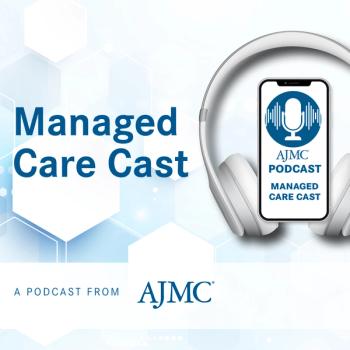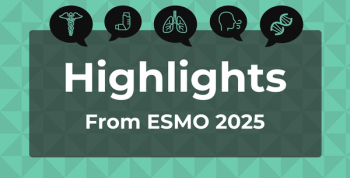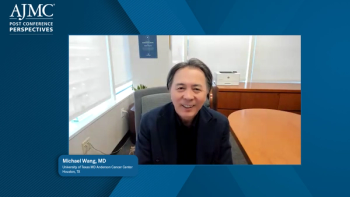
Evaluating Long-Term Safety Considerations for Targeted Therapies in Ovarian Cancer
An expert discusses how long-term safety considerations are evaluated through clinical trial data and postmarketing surveillance, emphasizing the importance of reporting unexpected adverse events to the FDA, considering patient-reported outcomes beyond just high-grade toxicities, and working closely with specialists like ophthalmologists using standardized assessment tools and treatment algorithms to manage drug-specific adverse effects like visual complications from folate receptor–targeting therapies.
Episodes in this series

Video content is prompted by the following:
Long-term safety data for targeted ovarian cancer therapies come from comprehensive phase 1, 2, and 3 clinical trial programs, providing robust aggregate safety information across diverse patient populations. However, postmarket surveillance remains crucial, as new adverse effect patterns may emerge as more patients receive these treatments outside clinical trial settings. Health care providers must continue reporting severe, fatal, or unexpected adverse events to the FDA to enhance understanding of long-term safety profiles. This ongoing pharmacovigilance ensures that safety databases remain current and comprehensive as targeted therapies become standard treatment options for ovarian cancer patients.
Patient-reported outcomes provide critical insights beyond traditional adverse event grading systems, capturing the real-world impact of treatment-related adverse effects on quality of life. While grade 1 to 2 adverse events may not be classified as severe by clinical standards, they can significantly affect patients’ daily functioning and overall well-being. For example, grade 2 neuropathy may substantially impact a patient’s ability to perform routine tasks like opening containers or buttoning clothing, despite not meeting criteria for severe toxicity. Comprehensive safety evaluation must consider both objective adverse event grades and subjective patient experiences to provide complete risk-benefit assessments.
Quality of life considerations are integral to long-term safety evaluation of targeted ovarian cancer therapies, requiring balance between treatment efficacy and tolerability. Long-term safety assessment should incorporate patient-reported outcome measures alongside traditional toxicity grading to understand the full impact of treatment on patient wellness. This comprehensive approach helps clinicians and patients make informed decisions about continuing therapy, particularly when treatments demonstrate good response rates but may affect daily functioning. The goal is ensuring that targeted therapies not only extend survival but maintain acceptable quality of life throughout the treatment course, supporting the overall therapeutic value of these innovative ovarian cancer treatments.
Newsletter
Stay ahead of policy, cost, and value—subscribe to AJMC for expert insights at the intersection of clinical care and health economics.










































